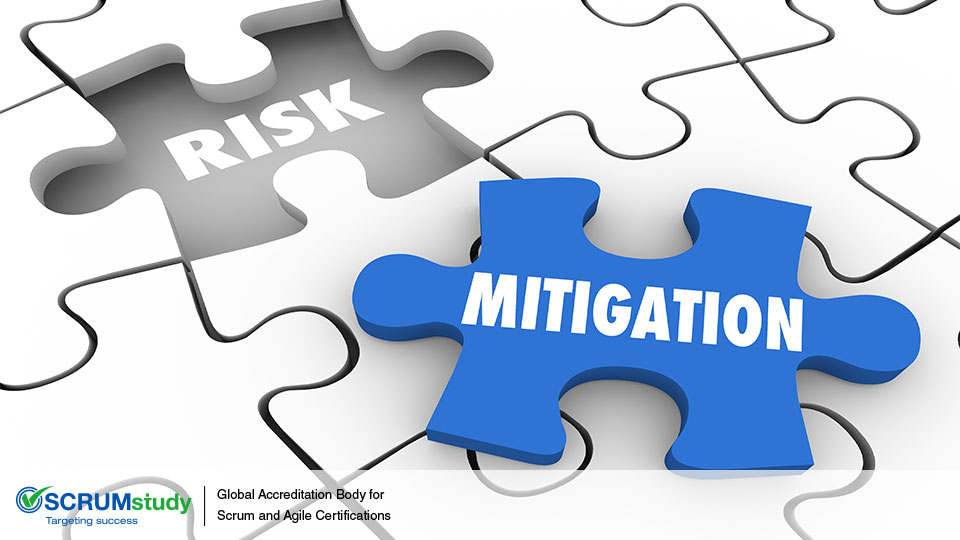Scrum training and communication
Posted by SCRUMstudy® on June 21, 2024
Categories: Agile Agile Frameworks Product Owner Scrum Master Scrum Team
Scrum training places a strong emphasis on improving communication within teams and across stakeholders. It teaches participants how to facilitate clear and effective communication through Agile ceremonies such as daily stand-ups, sprint planning, and retrospectives. These sessions are designed to promote transparency, collaboration, and accountability, ensuring everyone stays informed about project progress, challenges, and priorities. By practicing open communication channels and active listening skills, teams can streamline decision-making processes, address issues promptly, and align efforts towards achieving sprint goals and overall project objectives. Scrum training thus equips individuals with the communication tools essential for fostering a supportive Agile environment that promotes continuous improvement and successful project outcomes
Scrum Agile Communication is a fundamental component of successful Agile project management, fostering collaboration, transparency, and alignment among team members and stakeholders. The guide emphasizes the importance of clear, timely, and effective communication throughout the project lifecycle, enabling teams to navigate complexities and mitigate risks efficiently. Through techniques such as daily stand-up meetings, sprint reviews, and retrospectives, the SBOK™ Guide provides a structured framework for facilitating open dialogue, sharing progress, and addressing challenges in real-time. Moreover, the guide underscores the significance of adapting communication styles and channels to suit the diverse needs of team members and stakeholders, ensuring that information flows seamlessly across organizational boundaries. By embracing the principles outlined in the SBOK™ Guide, teams can cultivate a culture of trust and collaboration, empowering them to deliver value-driven solutions that meet or exceed stakeholder expectations. Ultimately, Scrum Agile Communication serves as a cornerstone of Agile project success, enabling teams to navigate complexities with confidence and
Risk Prioritization
Scrum allows for quick identification and assessment of risks. Identified Risks are taken into account when creating a Prioritized Product Backlog during the Create Prioritized Product Backlog process, or when we update the Prioritized Product Backlog during the Refine Prioritized Product Backlog process—so a Prioritized Product Backlog could also be referred to as a Risk Adjusted Prioritized Product Backlog.
The risks could be identified and assessed based on any of the Risk Identification and Risk Assessment techniques mentioned earlier. In the Create Prioritized Product Backlog or Refine Prioritized Product Backlog processes, the prioritized User Stories from the existing Prioritized Product Backlog and the prioritized list of risks are then combined to create an updated Prioritized Product Backlog which includes the Identified Risks:
Steps for updating a Prioritized Product Backlog with Identified Risks:
1. Create a list of prioritized risks. (e.g., the risks can be prioritized by value using Expected Monetary Value technique).
2. Select those Identified Risks that can be mitigated; and for which the team decides to take specific risk action during the Sprint to mitigate such risks.
3. Create a list of User Stories in the Prioritized Product Backlog, which are prioritized by value (e.g., the value of each User Story may be evaluated based on its expected Return on Investment).
4. Combine lists in step 2 and step 3 and prioritize them by value to arrive at the Updated Prioritized Product Backlog.
Risk Communication
Because business stakeholders have an interest in the project, it is important to communicate with them regarding risks. Information provided to business stakeholders related to risk should include potential impact and the plans for responding to each risk. This communication is on-going and should occur in parallel with the four sequential steps discussed thus far—risk identification, assessment, prioritization and mitigation. The Scrum Team may also discuss specific risks related to their Tasks with the Scrum Master during Daily Standup Meetings. The Product Owner is responsible for the prioritization of risks and for communicating the prioritized list to the Scrum Team.
An important tool which can be used for communicating information related to risks is the Risk Burndown Chart.

